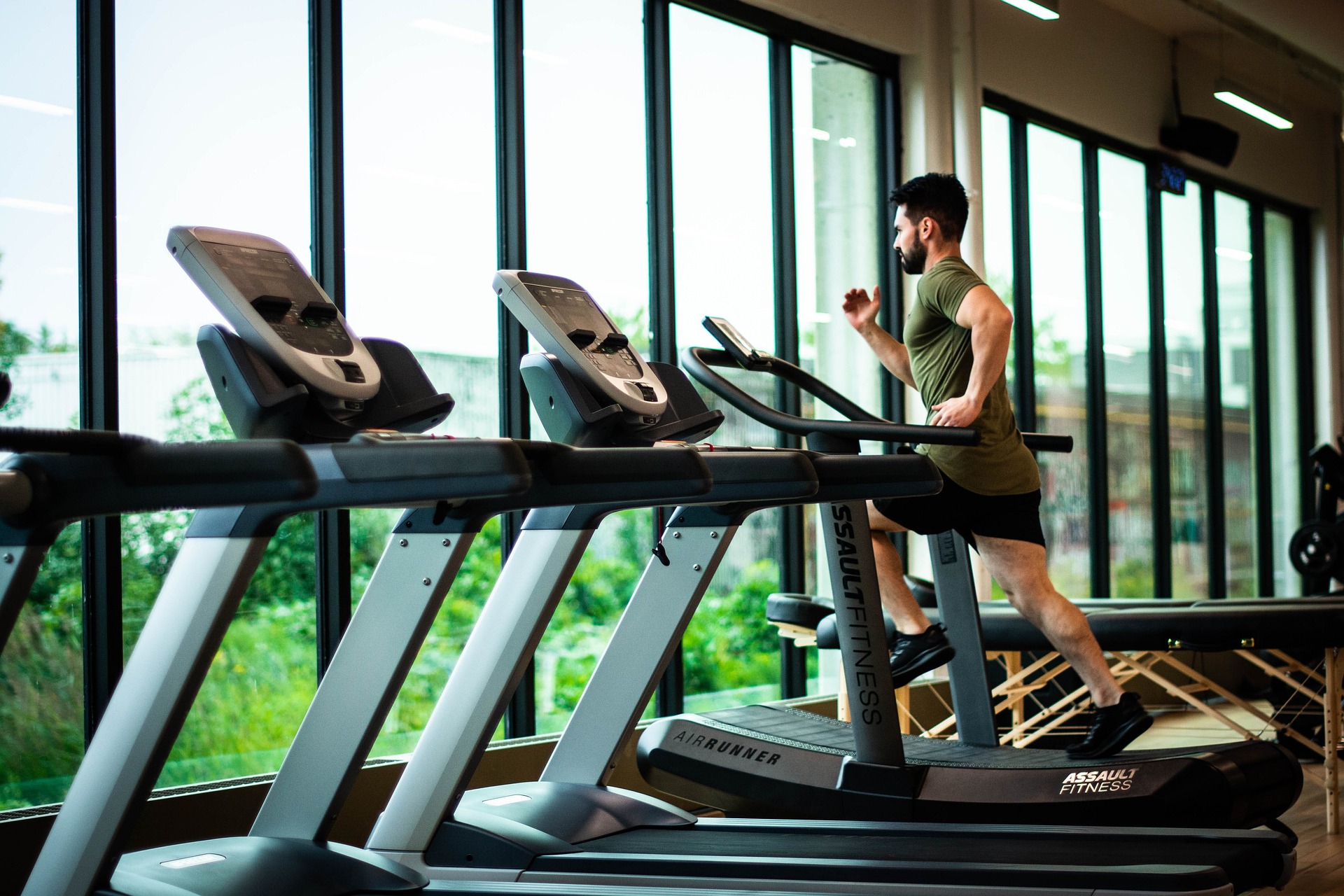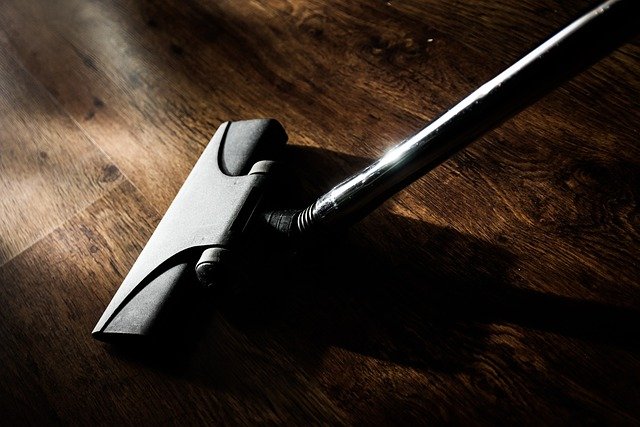Treadmill Selection Guide: Comfort, Space, and Performance
Selecting the right treadmill requires careful consideration of multiple factors that directly impact your workout experience. From cushioning technology that protects your joints to space-saving designs for compact living areas, understanding these elements helps ensure your investment supports your fitness goals while fitting seamlessly into your lifestyle.

Purchasing a treadmill for home use involves more than just looking at price tags and brand names. The right machine should provide proper support for your body, fit comfortably in your available space, and offer the performance features needed to meet your fitness objectives. Making an informed decision requires understanding the technical aspects that influence comfort, convenience, and workout effectiveness.
How Cushioning Technology Influences Comfort and Joint Protection
The impact absorption system in a treadmill is perhaps its most critical component for long-term joint health. Quality cushioning technology creates a balance between stability and shock absorption, reducing the force that travels through your ankles, knees, and hips with each footfall. Most premium treadmills feature multi-zone cushioning systems that provide firmer support at push-off points and softer landing zones where impact forces are highest.
Research suggests that running on a well-cushioned treadmill can reduce joint impact by 15-40% compared to running on concrete or asphalt. This reduction is particularly beneficial for individuals with existing joint concerns, higher body weights, or those returning to exercise after injury. Look for technologies like FlexDeck, ComfortTech, or ZoneControl cushioning when evaluating options.
The thickness and material composition of the running belt also contribute significantly to comfort. Belts ranging from 1.5mm to 3mm in thickness offer varying degrees of cushioning, with thicker belts generally providing more protection but potentially requiring more motor power to drive. Orthopedic belts with additional padding can further enhance comfort for sensitive joints.
Factors to Consider When Choosing a Treadmill for Small Spaces
Space constraints needn’t limit your access to quality cardio equipment. Today’s market offers numerous compact and foldable treadmill designs specifically engineered for apartments, condos, and smaller home gyms. When evaluating space-efficient options, start by measuring your available area, including ceiling height—particularly important if you plan to run rather than walk.
Folding treadmills with hydraulic assistance systems make storage between workouts practical and safe. Look for models with vertical folding capabilities and transport wheels that allow single-person movement. The footprint when folded can be reduced by up to 70% in some models, making them suitable for closets or behind doors.
Beyond folding mechanisms, consider the actual dimensions of both the machine and its safety requirements. Most manufacturers recommend a minimum of 2 feet of clearance on each side and 6 feet behind the treadmill for safe operation. Some space-saving models feature narrower side rails and shorter decks while still accommodating standard stride lengths for average-height users.
Noise levels become particularly important in small spaces or multi-unit buildings. Belt thickness, motor quality, and frame construction all influence operational sound. Look for models advertising “whisper-quiet” operation or DC motors with lower decibel ratings if noise concerns are paramount in your living situation.
How Treadmill Incline and Speed Settings Affect Workout Results
The versatility of your workout routine depends significantly on the range of incline and speed settings available. Incline training increases caloric expenditure, engages different muscle groups, and can simulate outdoor terrain. Entry-level treadmills typically offer incline ranges from 0-10%, while advanced models may reach 15% or even include decline settings to mimic downhill training.
Research indicates that walking at a 5% incline can increase calorie burn by approximately 30-50% compared to walking on a flat surface at the same speed. For runners seeking to improve hill-climbing performance or strengthen posterior chain muscles, incline training becomes an essential feature. Look for models with one-touch incline adjustments that allow quick changes during interval workouts.
Speed capabilities should align with your fitness goals and experience level. Walking treadmills may top out at 8-10 mph, while running-focused machines often reach 12 mph or higher. The motor’s continuous horsepower (CHP) rating directly impacts speed sustainability—higher CHP motors maintain consistent performance even under heavier user weights or at maximum speeds.
Programmed workouts that automatically adjust incline and speed can optimize training efficiency. Advanced models offer heart rate-controlled programs that adjust intensity to keep you in specific training zones, or interval training programs that alternate between high and low-intensity periods for improved cardiovascular conditioning.
Treadmill Features Comparison for Different Space Requirements
| Model Type | Folded Dimensions | Running Surface | Max User Weight | Key Space-Saving Features | Price Range |
|---|---|---|---|---|---|
| Compact Folding | 25” x 32” x 58” | 16” x 50” | 250 lbs | Vertical folding, wall mountable | $500-$900 |
| Standard Folding | 35” x 36” x 65” | 20” x 55” | 300 lbs | Hydraulic folding system | $800-$1,500 |
| Ultra-Compact | 10” x 24” x 63” | 14” x 47” | 220 lbs | Under-bed storage design | $400-$700 |
| Full-Size Folding | 40” x 35” x 70” | 22” x 60” | 350 lbs | Soft-drop system, transport wheels | $1,200-$2,500 |
| Walking Pad | 5” x 27” x 65” | 17” x 47” | 265 lbs | No handrails, remote control | $300-$800 |
Prices, rates, or cost estimates mentioned in this article are based on the latest available information but may change over time. Independent research is advised before making financial decisions.
Balancing Cushioning and Performance in Treadmill Selection
While cushioning provides essential joint protection, it’s important to recognize the potential trade-offs between maximum shock absorption and performance feedback. Elite runners sometimes prefer firmer decks that provide greater energy return and more closely mimic road conditions. Many advanced treadmills now offer adjustable cushioning systems that allow users to customize firmness based on their training goals and comfort preferences.
The relationship between cushioning and motor requirements also warrants consideration. Highly cushioned decks with thick belts create additional resistance that the motor must overcome. This means a treadmill with extensive cushioning may require a more powerful motor—typically 3.0 CHP or higher—to maintain consistent performance, particularly for running workouts or heavier users.
For those balancing joint protection with space constraints, look for models that incorporate zone-based cushioning systems within compact frames. These designs strategically place impact-absorbing materials at key strike points rather than throughout the entire deck, optimizing both protection and space efficiency.
Selecting the right treadmill ultimately requires prioritizing features based on your specific needs. By understanding how cushioning technology affects comfort, recognizing space-saving design elements, and appreciating the impact of incline and speed capabilities on workout effectiveness, you can make an informed purchase that supports your fitness journey for years to come.




